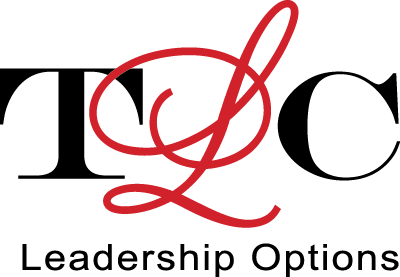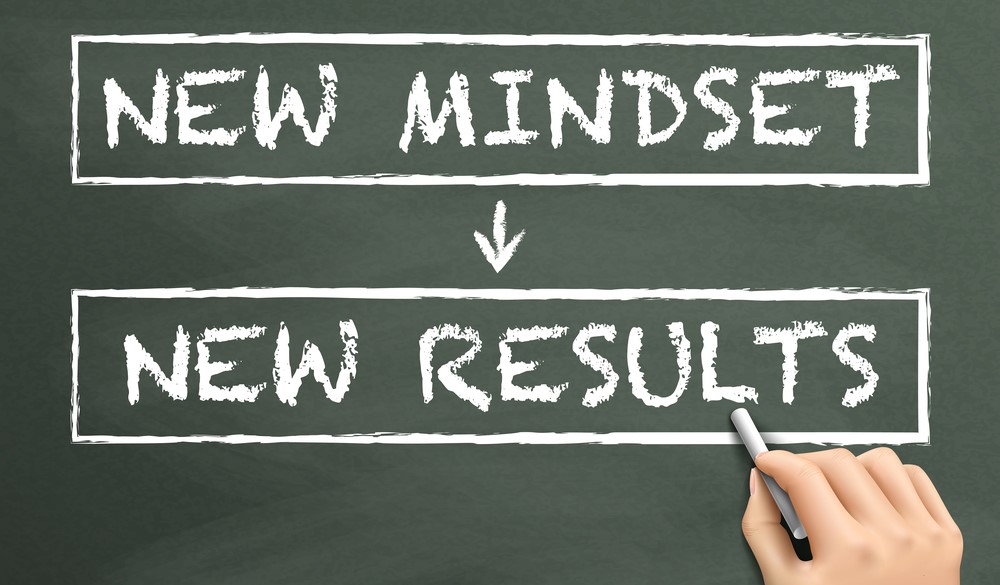“He/she is able to think strategically about the business.” Have you seen this or similar wording in a performance assessment? Perhaps you have been given verbal feedback that you need to “be more strategic” or “practice long-term thinking.” Often, it’s a struggle just to get through the daily, immediate-action imperatives, leaving little time to contemplate next week, let along the long-term future. As a former colleague was fond of saying, “When you are up to your neck in alligators, it’s hard to remember that your primary objective was to drain the swamp.”
What Does it Mean to Think Strategically?
You may have developed a strategic plan or perhaps you have been involved in a process of developing a business strategy. I used to work as a consultant helping organizations and teams to develop a vision, mission, objectives, strategies and tactics. We involved the key people in group sessions to achieve agreement, ownership and buy-in. Tough discussions were held on resource distribution and timing of accomplishing major initiatives. Such a process clarifies what everyone is working on and ensures all teams are working for the achievement of a unified mission. However, that is strategic planning. Strategic thinking is a way of considering options and solutions using divergent thinking which leads to the development of a winning plan for your business or organization.
The ability to think strategically is a sought-after trait for leaders of any size organization. It comes up often in executive coaching conversations or is derived from leadership assessments.
Dr. John Pisapia taught and researched leadership topics for 20 years, after leading organizations for many years. He wanted to put the rigor of academic research behind developing practical tools to support the development of better leaders. Along with other researchers he developed, validated and confirmed three major constructs of strategic thinking¹:
- Systems Thinking
- Reflecting
- Reframing
Each of these is explored further below:
1. Systems Thinking
The systems thinker can look first at the entire picture surrounding a problem prior to looking at the component parts. Using this skill involves being able to recognize patterns and interrelationships. The systems thinker understands how facts and people are connected. ²
2. Reframing
Reframing is the ability to look at a problem or situation from multiple viewpoints. Reframing means suspending judgment and seeking differing perspectives. Skill in reframing means that past experiences and decisions are applied when looking at current situations. It also involves looking for more than one explanation³.
3. Reflecting
Reflecting is the ability to make judgments by connecting logical and rational thinking with experience and perceptions. Reflecting uses intuition, and questions “what am I neglecting to ask?” The reflective thinker sees the invisible influences on a situation by looking beyond the facts and reasons 4.
In my experience working as a corporate strategist these 3 skills – the ability to see the big picture and recognize patterns and connections; suspending judgment and remaining open to new perspectives; and using rational as well as creative thinking – are all specific behaviors that distinguish strategic thinking.
When do you need to practice strategic thinking skills?
While not a hard and fast “rule”, strategic thinking will generally be part of a position description or performance review at Sr. Manager or Director level and above. Once you move from strictly a management position, (concerned with primarily the day-to-day running of the business and firefighting) to a leadership position, there is a shift in priorities and there are new expectations placed on you. One of these is a focus on the future that sets leaders apart. Asking “what’s new?” and “what’s next?” and considering what to do about it involves strategic thinking. Leaders need to think strategically to face the challenges of both managing their organization to meet current financial goals as well as being a visionary and inspiring promoter of the future direction of the business. In any case, if you see yourself as a leader, consider that you will be asked, “What is your vision?” and strategic thinking will help you develop the answer.
Tracey Cantarutti, PhD, is the founder of TLC Leadership Options, Inc., an Executive Coaching and Leadership Development Consultancy. She can be reached at tcantarutti@gmail.com.
¹Pisapia, J., Morris, J., Cavanaugh, G., Ellington, L. (2011) The Strategic Thinking Questionnaire: Validation and confirmation of Constructs. Paper presented at the 31st Annual International Conference. Miami, Fla.
²Ibid., p.13
³Ibid.
4Ibid.





